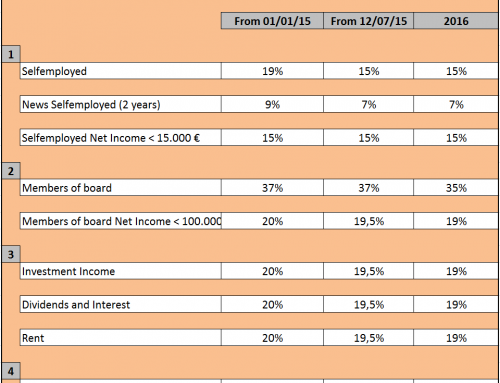The main novelty that arises is temporary classification of sick leave considering the following reference sections:
- Very short. Less than 5 calendar days.
- Short. Between 5 and 30 days.
- Medium. Between 31 and 61 days.
- Long. More than 61 days.
But what does this innovation mean? This new ministerial order OESS/1187/2015 issued on June 15, lets the doctor himself, who after assessing the situation of the worker during his visit to the health center or Mutual work, determine the length of the sick leave and therefore the corresponding type of control.Here’s an example:Antonio has woke up with heavy congestion and goes to the health center for his GP to give him sick leave. The physician determines that he has a cold and therefore assigned a duration of three days for this contingency, that is, the “very short” period. This assumes that Antonio is given, in that one visit, both the sick leave as well as the medical discharge, so as not to return to the clinic for further review.Therefore, depending on the length estimated by the doctor, the worker will or not to go to the office to pick up the confirmation part as according to the old law, which should occur on a weekly basis, ie every seven days. Now, in the initial part of medical leave and as estimated by the doctor, and inform the periodicity of the parties for confirmation in the sections that exceed the “very short” duration and which may be every 7 or every 14 days.








Leave A Comment